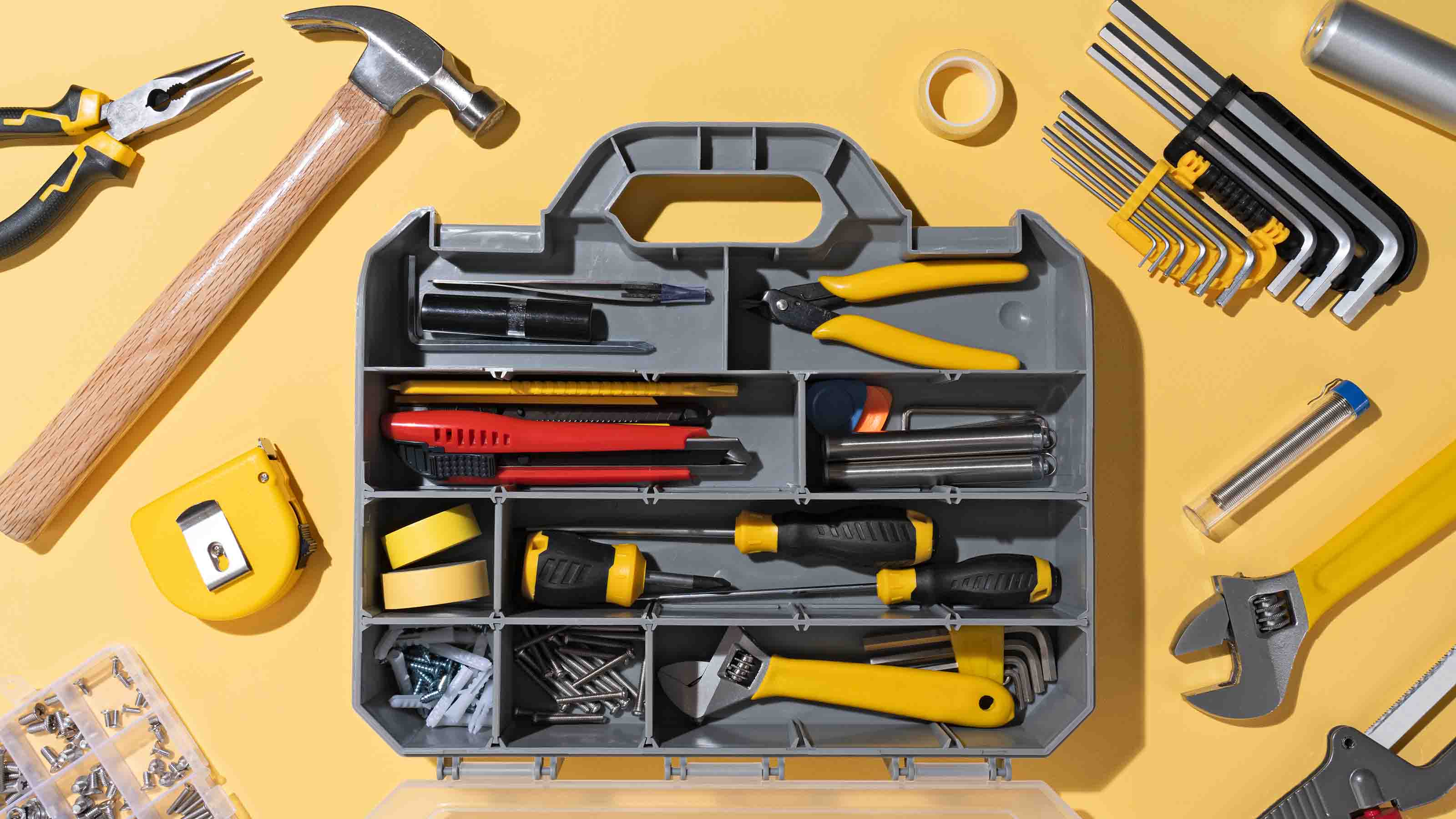The Cashless Lifestyle Catches On
New electronic transfer technologies will turn paper and coin into historical anachronisms.

The phrase “Show me the money” is taking on a new meaning: By 2020, use of cash is likely to be a rarity. It won’t disappear entirely, of course. Individuals and businesses will still prefer to use bills for some transactions, if only in the underground economy -- for illicit activities or to escape paying taxes.
But electronic transfers will rule commerce. Imagine buying a cup of coffee using your fingerprint or paying for groceries by scanning your own bar code. Already, only a quarter of retail transactions involve cash. In 2007, businesses paid 74% of their bills by check. This year only 57% did, and the number keeps falling.
Strides in technology are clearing the way for even less use of cash. Use of near field communication chips, for example, is set to explode. Forty million of the chips, which let folks pay with a key fob or smart phone tied to their credit card or checking accounts, will be made and shipped to phone makers next year, up from hardly any this year. And the number of terminals that accept the contactless payments will mushroom in coming years. Only about 150,000 point-of-sale systems can read NFC chips now, but the number will grow by about 20% a year once the chips roll out. Visa and Discover are working with merchants to develop systems to process the payments. Such cooperation among the many players -- banks, telecommunications companies, retailers and others -- will be necessary for businesses to adopt and benefit from the new systems.
From just $107.88 $24.99 for Kiplinger Personal Finance
Become a smarter, better informed investor. Subscribe from just $107.88 $24.99, plus get up to 4 Special Issues

Sign up for Kiplinger’s Free Newsletters
Profit and prosper with the best of expert advice on investing, taxes, retirement, personal finance and more - straight to your e-mail.
Profit and prosper with the best of expert advice - straight to your e-mail.
Retailers, for one, like NFC payments. For one thing, security is better than for regular transactions using cards because account information is encrypted directly in the chip rather than as part of the communication between the store and the credit card issuer. Plus businesses can tie NFC use to loyalty programs to gain more and easier access to customers’ buying habits. Retailers will be able to target frequent customers when they walk into a store, thanks to the storage and tracking technologies in the NFC chips and smart phones.
The convenience will also appeal to consumers, especially with the advent of the e-wallet -- phone software that allows users to pay from any of their bank or card accounts, automatically logs loyalty points and alerts users to electronic credits and coupons. Smart phones are “the Swiss Army knives of today,” says Mark Beccue, a senior analyst at ABI Research, a technology advisory firm. Google’s next Android phone operating system will support an e-wallet. So will the coming iPhone 5.
Smart phones will also make use of bar codes, speeding the move away from cash. The minimal required investment means some retailers are already adopting programs such as AisleBuyer -- software that lets shoppers scan products as they pick them up, then complete the purchase with account information stored on their phones. Terminals with the Cimbal system produce a bar code that triggers a payment when scanned into a smart phone. And TabbedOut lets diners run tabs and pay using their phones.
Electronic peer-to-peer payments are gaining headway, too, with new services making it easy for individuals to transfer funds from their accounts to accounts held by others. Dwolla charges 25¢ per transfer, letting users pay off Friday night’s poker IOU via Facebook or Twitter. Payment giant Fiserv offers money transfers in a day. The ease of person-to-person transfers will be crucial in expanding the cashless network, according to Brian Shniderman, director of the financial services, banking and payments practice at Deloitte Consulting.
The trend comes with some challenges. Banks will have fewer branches and ATMs. Retailers will need new or updated systems at the point of sale. Customers face possible higher costs because electronic transactions will still carry fees. And consumers lacking bank accounts may be left out.
Profit and prosper with the best of Kiplinger's advice on investing, taxes, retirement, personal finance and much more. Delivered daily. Enter your email in the box and click Sign Me Up.

-
 I'm want to give my 3 grandkids $5K each for Christmas.
I'm want to give my 3 grandkids $5K each for Christmas.You're comfortably retired and want to give your grandkids a big Christmas check, but their parents are worried they might spend it all. We ask the pros for help.
-
 If You're Not Doing Roth Conversions, You Need to Read This
If You're Not Doing Roth Conversions, You Need to Read ThisRoth conversions and other Roth strategies can be complex, but don't dismiss these tax planning tools outright. They could really work for you and your heirs.
-
 Could Traditional Retirement Expectations Be Killing Us?
Could Traditional Retirement Expectations Be Killing Us?A retirement psychologist makes the case: A fulfilling retirement begins with a blueprint for living, rather than simply the accumulation of a large nest egg.
-
 AI Appliances Aren’t Exciting Buyers…Yet
AI Appliances Aren’t Exciting Buyers…YetThe Kiplinger Letter Artificial intelligence is being embedded into all sorts of appliances. Now sellers need to get customers to care about AI-powered laundry.
-
 Banks Are Sounding the Alarm About Stablecoins
Banks Are Sounding the Alarm About StablecoinsThe Kiplinger Letter The banking industry says stablecoins could have a negative impact on lending.
-
 When Tech is Too Much
When Tech is Too MuchOur Kiplinger Retirement Report editor, David Crook, sounds off on the everyday annoyances of technology.
-
 Big Changes Are Ahead for Higher Ed
Big Changes Are Ahead for Higher EdThe Kiplinger Letter A major reform of higher ed is underway. Colleges are bracing for abrupt change, financial headwinds and uncertainty.
-
 I Let AI Read Privacy Policies for Me. Here's What I Learned
I Let AI Read Privacy Policies for Me. Here's What I LearnedA reporter uses AI to review privacy policies, in an effort to better protect herself from fraud and scams.
-
 What New Tariffs Mean for Car Shoppers
What New Tariffs Mean for Car ShoppersThe Kiplinger Letter Car deals are growing scarcer. Meanwhile, tax credits for EVs are on the way out, but tax breaks for car loans are coming.
-
 AI’s Rapid Rise Sparks New Cyber Threats
AI’s Rapid Rise Sparks New Cyber ThreatsThe Kiplinger Letter Cybersecurity professionals are racing to ward off AI threats while also using AI tools to shore up defenses.
-
 Blue Collar Workers Add AI to Their Toolboxes
Blue Collar Workers Add AI to Their ToolboxesThe Kiplinger Letter AI can’t fix a leak or install lighting, but more and more tradespeople are adopting artificial intelligence for back-office work and other tasks.